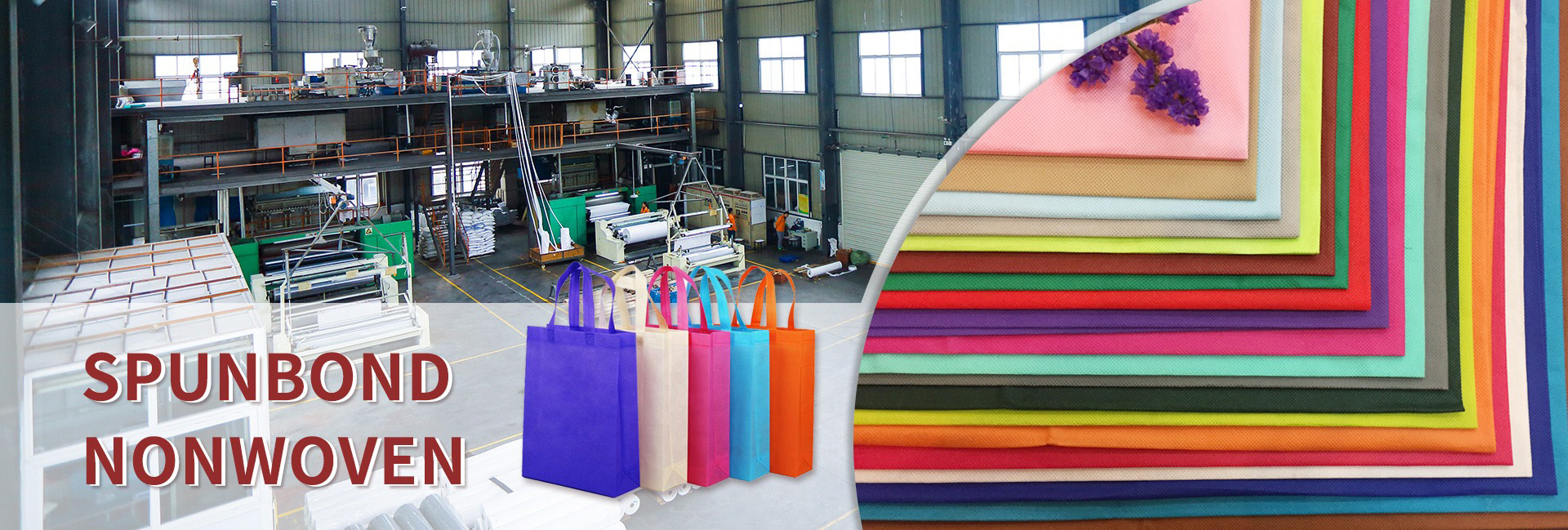
Products
Polylactic acid non-woven fabric
Polylactic acid non-woven fabric Features
Low biodegradable
Environmental protection and pollution free
Soft and skin-friendly
The cloth surface is smooth without chip, good evenness
Good air permeability
Good water absorption performance
Polylactic acid non-woven fabric application field
Medical and sanitary cloth: operating clothes, protective clothing, disinfectant cloth, masks, diapers, women’s sanitary napkins, etc.
Household decorative cloth: wall cloth, tablecloth, bed sheet, bedspread, etc.;
With the installation of cloth: lining, adhesive lining, flocculation, set cotton, all kinds of synthetic leather bottom cloth;
Industrial cloth: filter material, insulation material, cement packaging bag, geotextile, covering cloth, etc.
Agricultural cloth: crop protection cloth, seedlings cloth, irrigation cloth, insulation curtain, etc.
Others: space cotton, thermal insulation materials, linoleum, cigarette filter, tea bag, etc
Is PLA really eco-friendly?
Polylactic acid, or PLA, is a type of biodegradable plastic that is frequently used to make disposable dinnerware, medical supplies, and food packaging. According to recent studies, PLA is safe for humans and has no negative effects on them directly.
PLA has certain benefits in terms of environmental conservation because it is composed of naturally occurring lactic acid molecules that are polymerized and can be broken down into carbon dioxide and water in the natural world. In contrast to conventional polymers, PLA doesn’t produce harmful or cancer-causing compounds or have an adverse effect on people’s health. Artificial bones and sutures are just two examples of the medical products that already make extensive use of PLA.
It should be mentioned, nevertheless, that a few of the chemicals used to make PLA might have an effect on both the environment and human health. Benzoic acid and benzoic anhydride, for instance, are utilized in the synthesis of PLA and in high amounts may be hazardous to people. Furthermore, a lot of energy is needed to create PLA, and excessive energy use will result in the production of a lot of pollutants and greenhouse gases that will harm the environment.
As a result, PLA is suitable for use in food preparation and consumption as long as safety and environmental concerns are taken into consideration.










